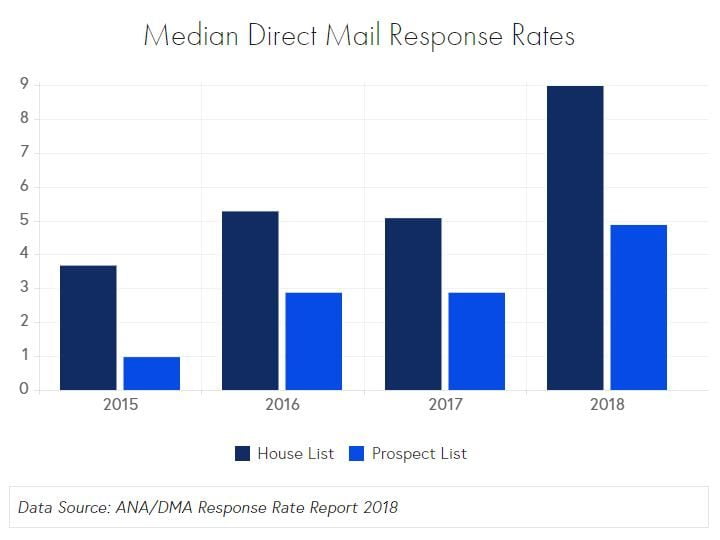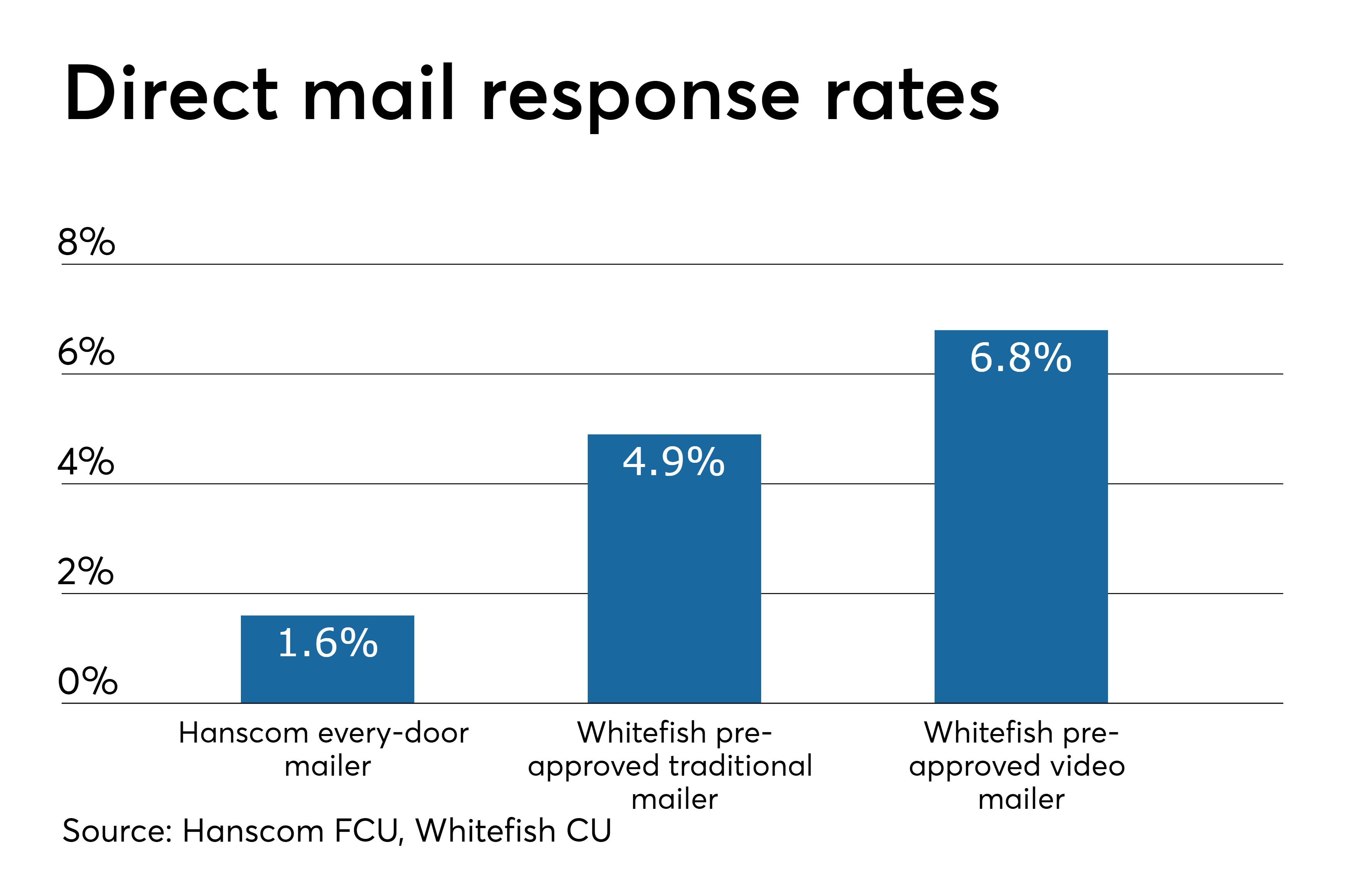


Tithers make up only 10-25 percent of a normal congregation.60% are willing to give to their church digitally.8/10 people who give to churches have zero credit debt.49% of all church giving transactions are made with a card.Giving to religion (defined as giving specifically to congregations, denominations, missionary societies, and religious media) has consistently remained America’s single largest recipient of charitable giving. On average, high net worth donors gave $25,509 to charity in 2015. By comparison, general population households gave $2,520 on average.Approximately 91% of high net worth households give to charity.Historically, charitable giving rises about one-third as fast as the stock market.Charitable giving accounted for 2.1% of gross domestic product in 2016.Environmental and animal organizations experienced the largest giving increase in 2016, receiving 7.2% more than the previous year.In 2016, the majority of charitable dollars went to religion (32%), education (16%), human services (12%), grantmaking foundations (11%), and health (9%).In 2017, the largest source of charitable giving came from individuals at $281.86 billion, or 72% of total giving followed by foundations ($58.28 billion/15%), bequests ($30.36 billion/8%), and corporations ($18.55 billion/5%).Much of these contributions can be attributed to people giving to their local place of worship. With the 2.9% increase in donations this year, 31% of all donations, or $127.37 billion, went to Religious organizations. Historically, Religious groups have received the largest share of charitable donations.

Charities that focus on the Environment / Animals saw an increase of 7.2% to $11.83 billion (3% of all donations).Arts, Culture and Humanities saw an increase of 8.7% to $19.51 billion (5% of all donations).Giving to International charities decreased by 4.4% to $22.97 billion (6% of all donations).Public-Society Benefit charities saw an increase of 7.8% to $29.59 billion (7% of all donations).Health charities experienced an increase of 15.5% to $38.27 billion (9% of all donations).Foundations saw an increase of % to $45.89 billion (11% of all donations).Donations to Human Services charities were up 5.1% to $50.06 billion (12% of all donations).Giving to Education charities was up 6.2% to $58.9 billion (14% of all donations).Foundation giving in 2016 increased to $58.28 billion – a 3.5% increase from 2015.Total charitable giving grew 4.1% in 2016 and 5% in 2017.Environment and animals charities arts, culture and humanities organizations international affairs nonprofits and health causes experienced the largest jumps in contributions.This growth is in spite of relatively few widely publicized natural disasters, which often increase contributions to these types of organizations. Giving to international affairs, human services and public-society benefit organizations all grew.In each of the years 20 education giving grew by more than 8 percent. Education giving saw relatively slower growth (3.6 percent) compared to the strong growth rates experienced in most post-recession years.41% give in response to natural disasters.31% of donors worldwide give to NGOs, NPOs & charities located outside of their country of residence.


 0 kommentar(er)
0 kommentar(er)
